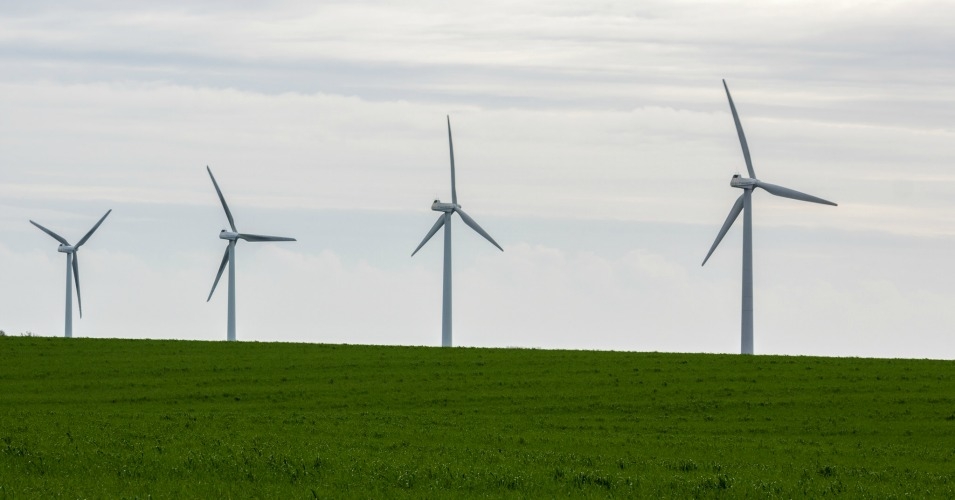Paving Path towards Climate Goal, Denmark Sets World Record for Wind Power
ENERGY, 12 Jan 2015
Andrea Germanos – Common Dreams
‘It shows that we can reach our ultimate goal, namely to stop global warming,’ said climate minister.
Marking what the country said was a global record, in 2014, nearly 40 percent of electricity in Denmark was generated by wind.
At 39.1 percent, last year’s amount of wind-generated electricity was more than double what it was a decade ago.
“We will definitely hit our 2020 goals,” Climate Minister Rasmus Helveg Petersen told broadcaster DR.
Projections for that year, according to a statement released Wednesday from the Ministry of Climate, Energy and Building, include halving coal consumption and increasing to 71 percent the amount of renewable-generated electricity. Fossil fuels generated 84% of electricity needs in 2000, a proportion projected to drop to 29% in 2020.
The Nordic country’s target is to slash greenhouse gas emissions by 40% in 2020 compared to 1990 levels, helped by a goal of having half of its electric consumption met by wind.
“We still plan to put up more wind turbines. We are moving forward and we have more targets,” Petersen added to Danish news agency Ritzau. “We have set a one-of-a-kind world record. And it shows that we can reach our ultimate goal, namely to stop global warming,” he said.
Denmark is not alone in making strides in renewable energy.
An analysis by WWF Scotland found that 2014 was a “massive year” for wind and solar in that country. For example, “wind generated enough power to supply over 100% of Scottish households during six out of the 12 months,” the group stated.
And in Germany last year, renewable energy output hit a record level, providing almost 26 percent of the country’s electric power, according to energy industry figures.
In the U.S., in contrast, wind power generated 4.13 percent of electricity in 2013, and is projected to provide 4.7 percent of electricity in 2015.
___________________________
This work is licensed under a Creative Commons Attribution-Share Alike 3.0 License.
Go to Original – commondreams.org
DISCLAIMER: The statements, views and opinions expressed in pieces republished here are solely those of the authors and do not necessarily represent those of TMS. In accordance with title 17 U.S.C. section 107, this material is distributed without profit to those who have expressed a prior interest in receiving the included information for research and educational purposes. TMS has no affiliation whatsoever with the originator of this article nor is TMS endorsed or sponsored by the originator. “GO TO ORIGINAL” links are provided as a convenience to our readers and allow for verification of authenticity. However, as originating pages are often updated by their originating host sites, the versions posted may not match the versions our readers view when clicking the “GO TO ORIGINAL” links. This site contains copyrighted material the use of which has not always been specifically authorized by the copyright owner. We are making such material available in our efforts to advance understanding of environmental, political, human rights, economic, democracy, scientific, and social justice issues, etc. We believe this constitutes a ‘fair use’ of any such copyrighted material as provided for in section 107 of the US Copyright Law. In accordance with Title 17 U.S.C. Section 107, the material on this site is distributed without profit to those who have expressed a prior interest in receiving the included information for research and educational purposes. For more information go to: http://www.law.cornell.edu/uscode/17/107.shtml. If you wish to use copyrighted material from this site for purposes of your own that go beyond ‘fair use’, you must obtain permission from the copyright owner.
